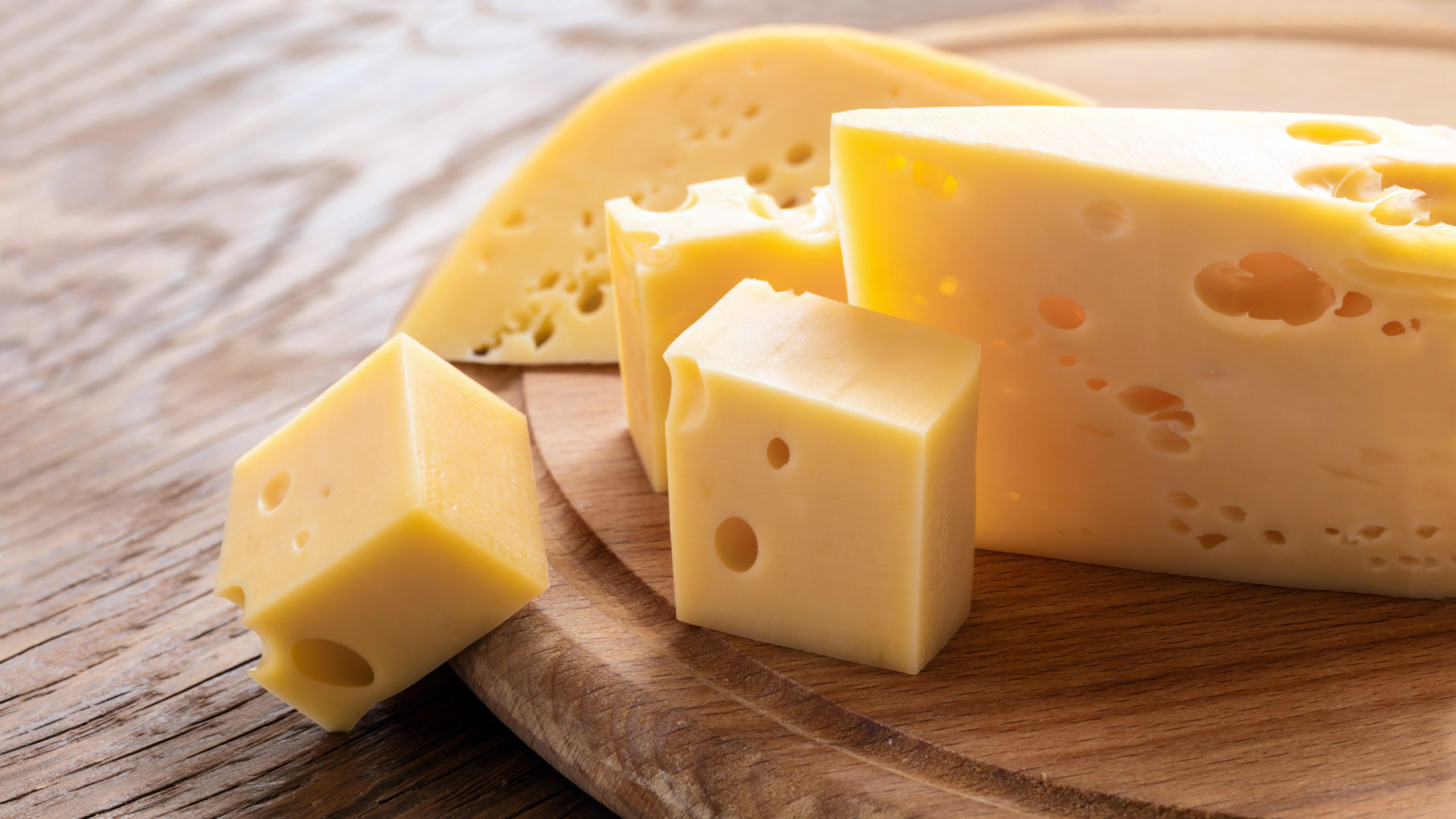
Thank Catholic Innovation for – Cheese
You have a monk to thank for your slice of Muenster cheese.
“What do monks have to do with cheese?” you might wonder. A lot, in fact! Monasteries from medieval times are credited with developing what we consider modern cheese-making methods.
During this time period, monasteries were centers of artisan and technological innovation. Monks and nuns were literate, which was uncommon, so they provided highly-skilled, free labor to their religious communities alongside many peasants and paid craftsmen. Even though the labor costs were low, they had more mouths to feed than they could afford, so the monasteries produced much of their own food through raising livestock, cultivating plants, and creating goods from surplus that they could sell to other people.
One of these goods was cheese.
Unlike our German and Gaul ancestors, who used fermented milk and butter to produce cheese, medieval monks followed in Roman footsteps and used milk curds, provided by their large herds of cattle, to produce high quality cheeses. They faced the challenge of food preservation since their monasteries were often far from cities and other places where they could sell their products.
But the monks refused to give up.
They developed harder cheeses, which were easier to preserve and transport and left the Brie-making to artisans in cities. Some of the famous cheeses from monasteries include: Roquefort, Epoisses, Maroilles, and Muenster (which comes from the Latin word monasterium). Thanks to these innovative monks, we can say that Swiss cheese isn’t the only “holy” cheese around.



